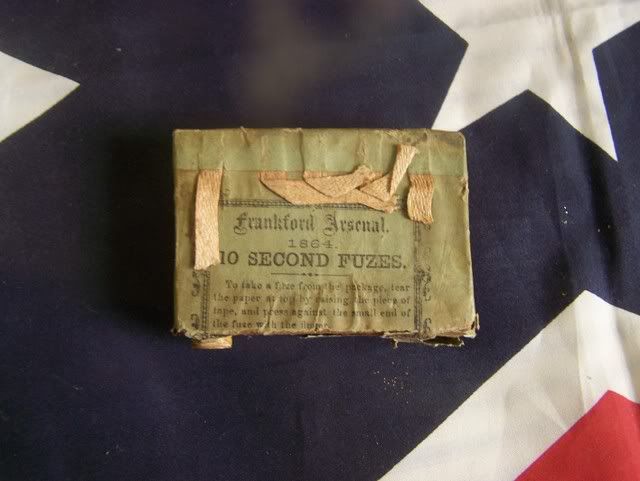Some suggestions have been made that black powder gets more volatile with time. I can find no evidence of this. Black powder is unstable, which means it oxidizes easily or reacts with other chemicals easily. Any oxidation you get, any combination with anything else, and the mixture simply changes, it isn't black powder any more. Once it turns into something else, it can only get less volatile, not more volatile. It is not at all like some modern explosives or those caches of mustard gas in Europe, where any movement will set the thing off. Civil War shells have survived being thrown out of buildings, car crashes, and all kinds of other accidents. Maybe I missed it, but I have not heard of one single case of a shell simply going off without some external stimulus. Ever!! All of these accidents have occurred when they were being drilled to make them safe. That is the irony of it, leave them alone is probably the safest thing to do, disarming them is the hazard. But they do need to be disarmed, it is bad business to ship an armed shell or to have one in a burning house. Even the burning though, if you have ever watched a building burn, there are many explosions, I am not sure an exploding shell is really going to be the biggest boom in a burning house.

